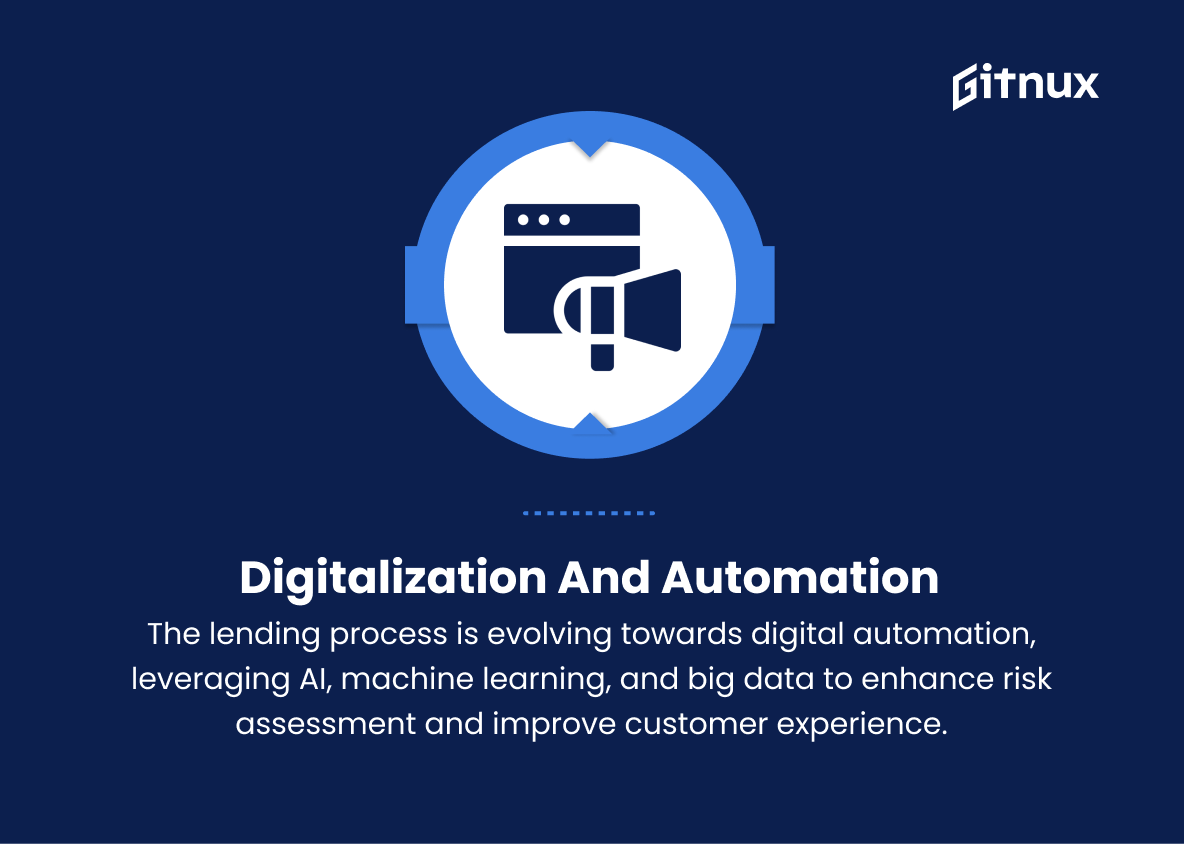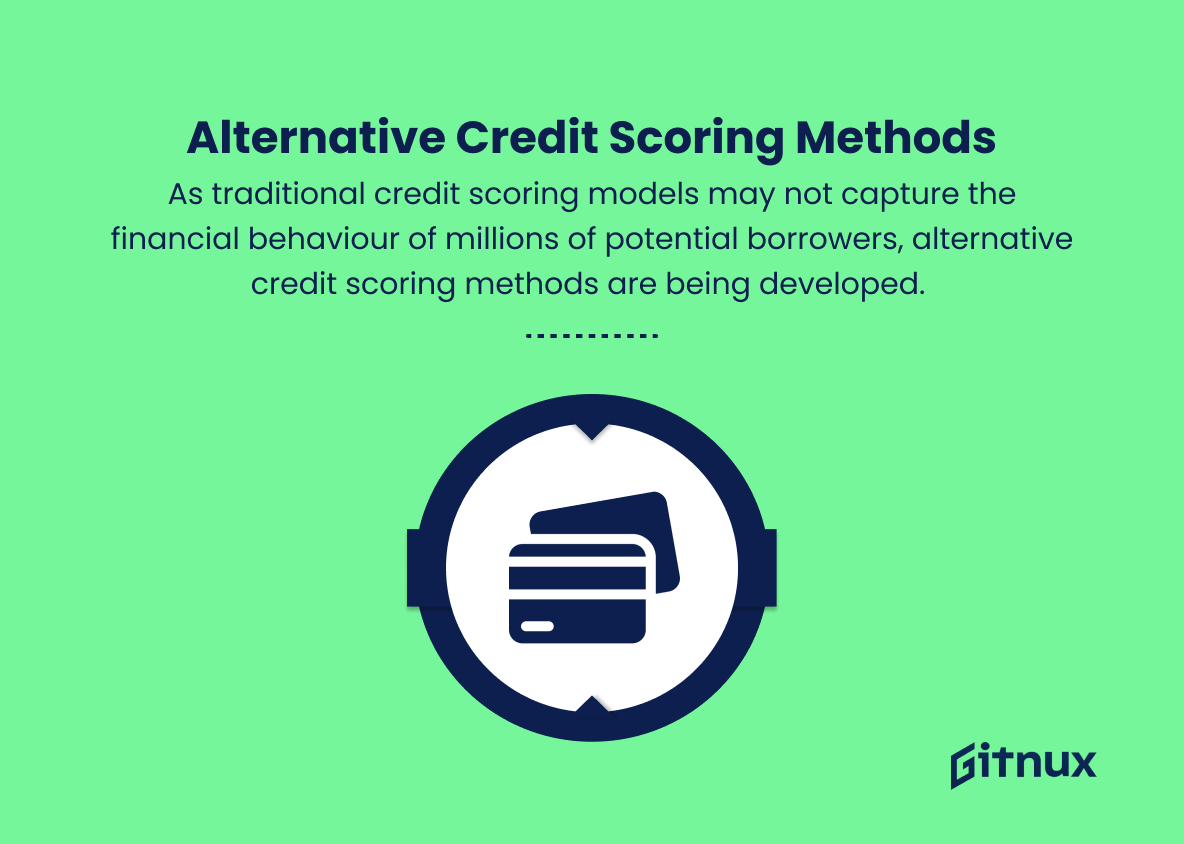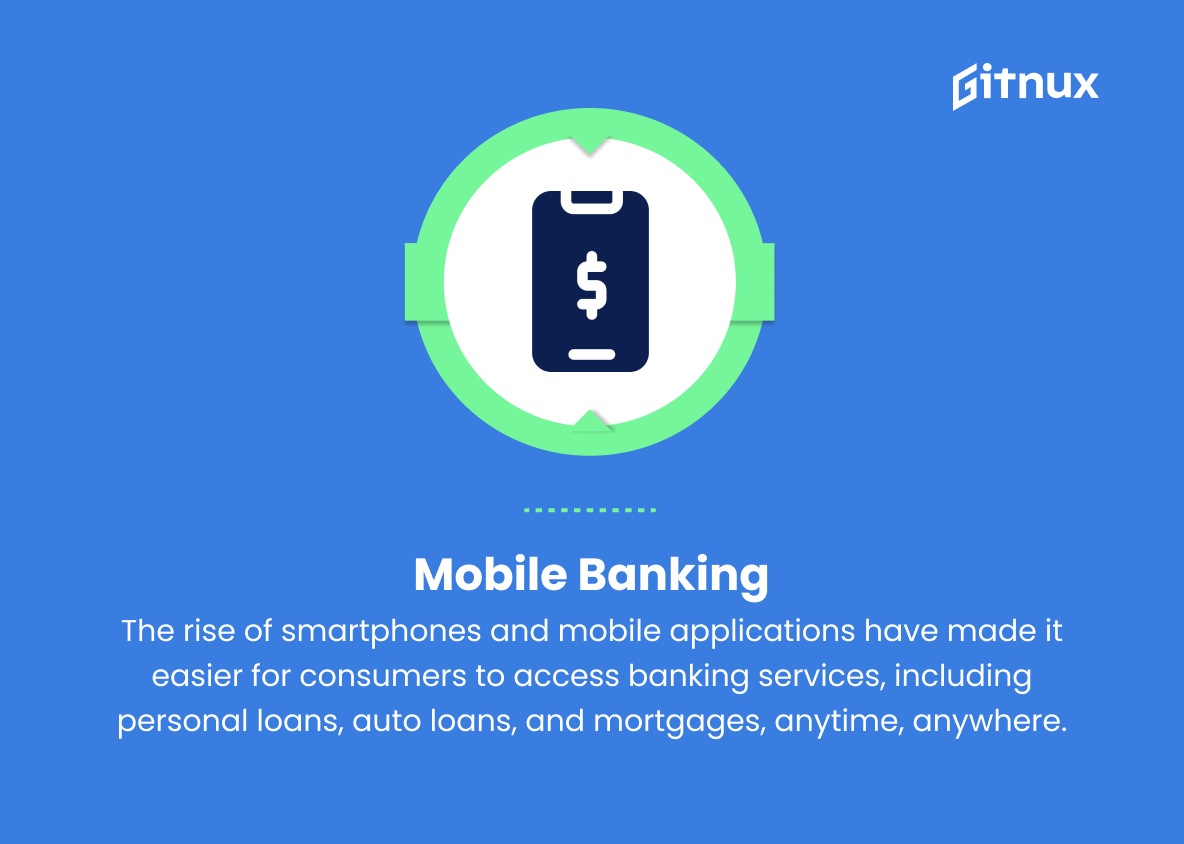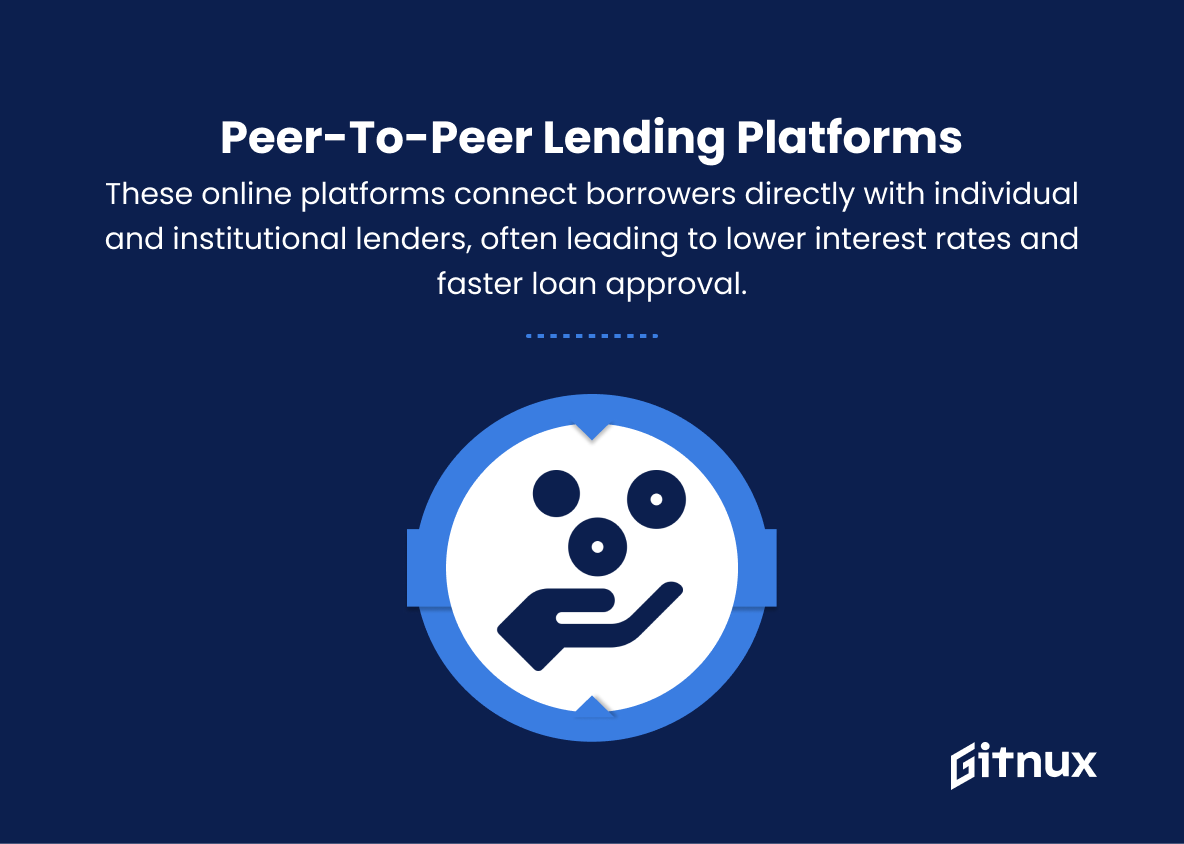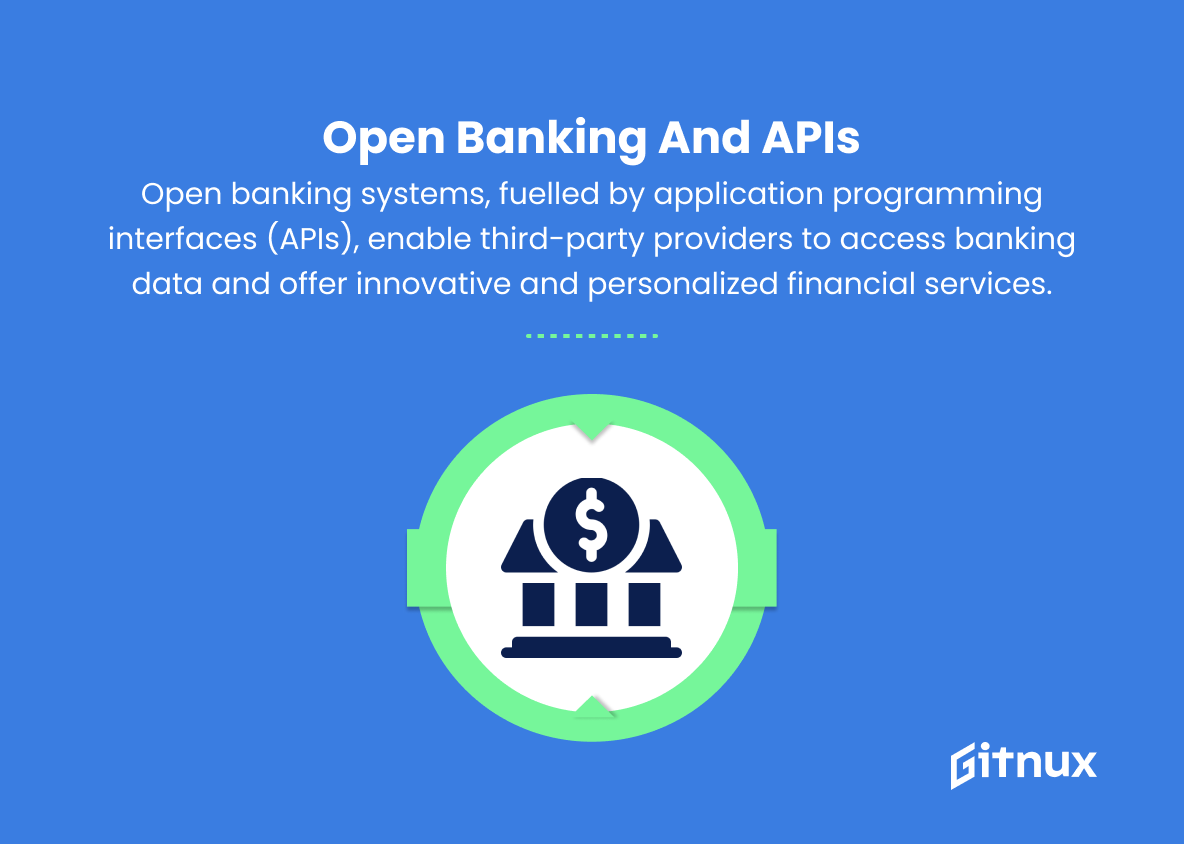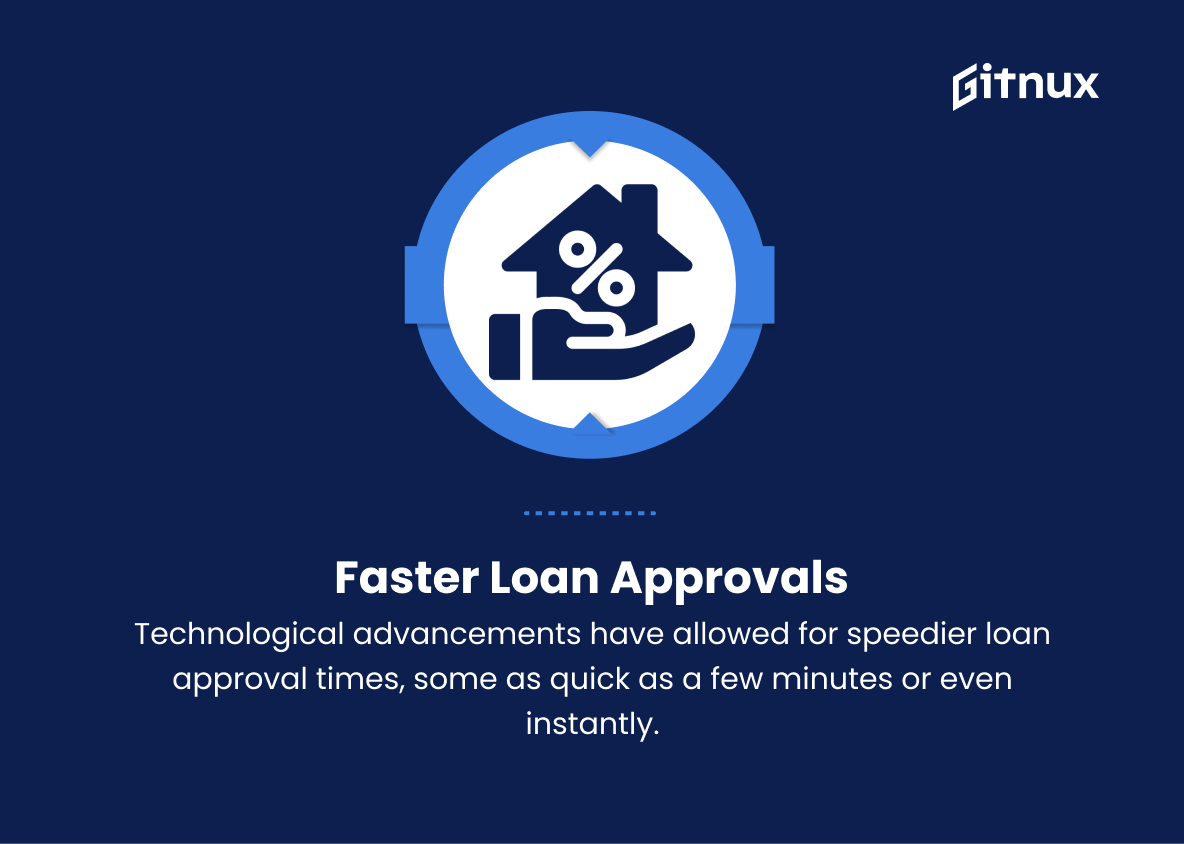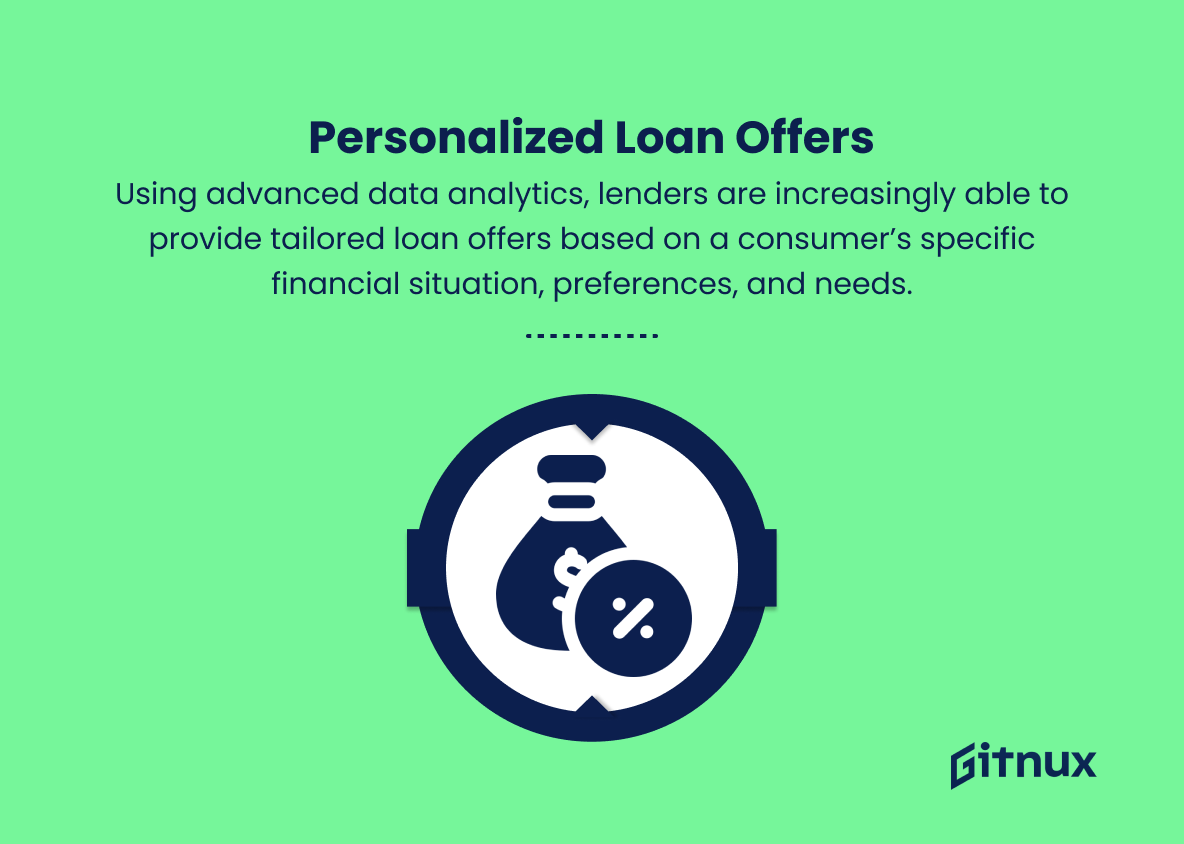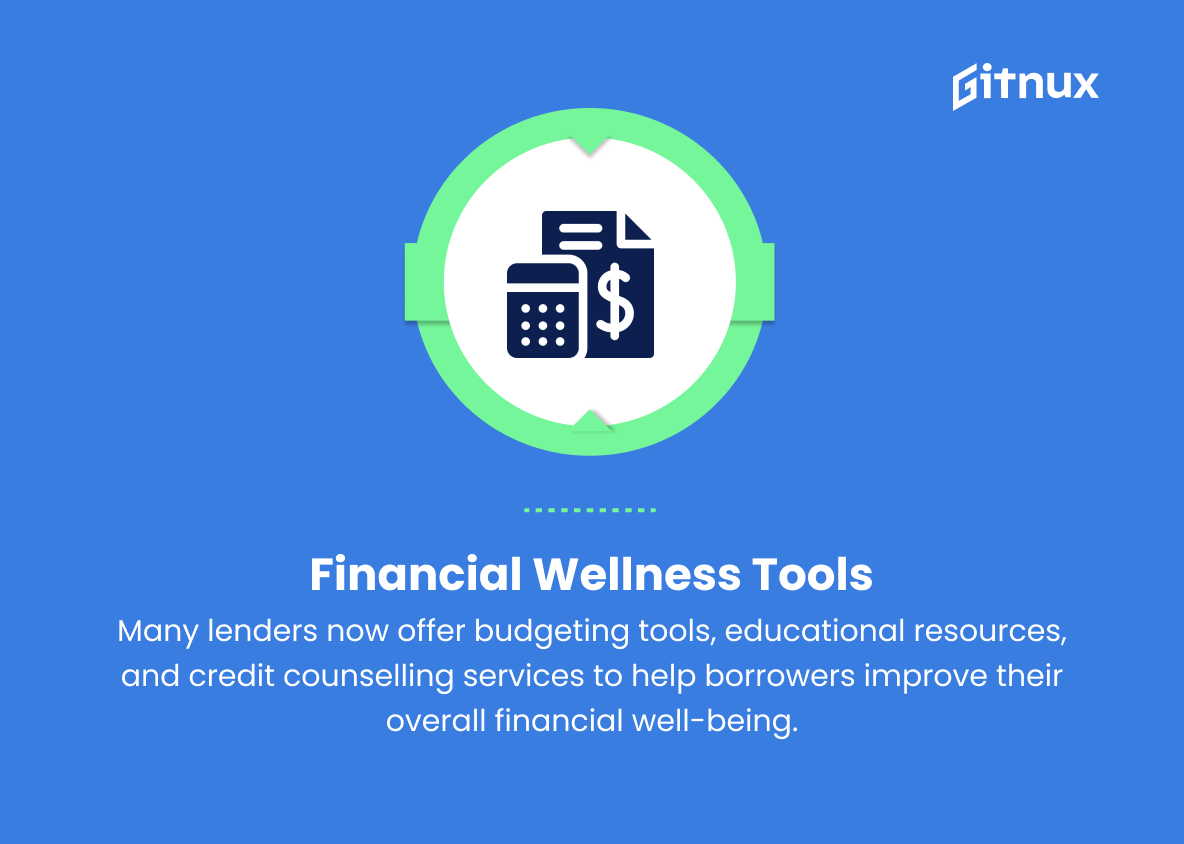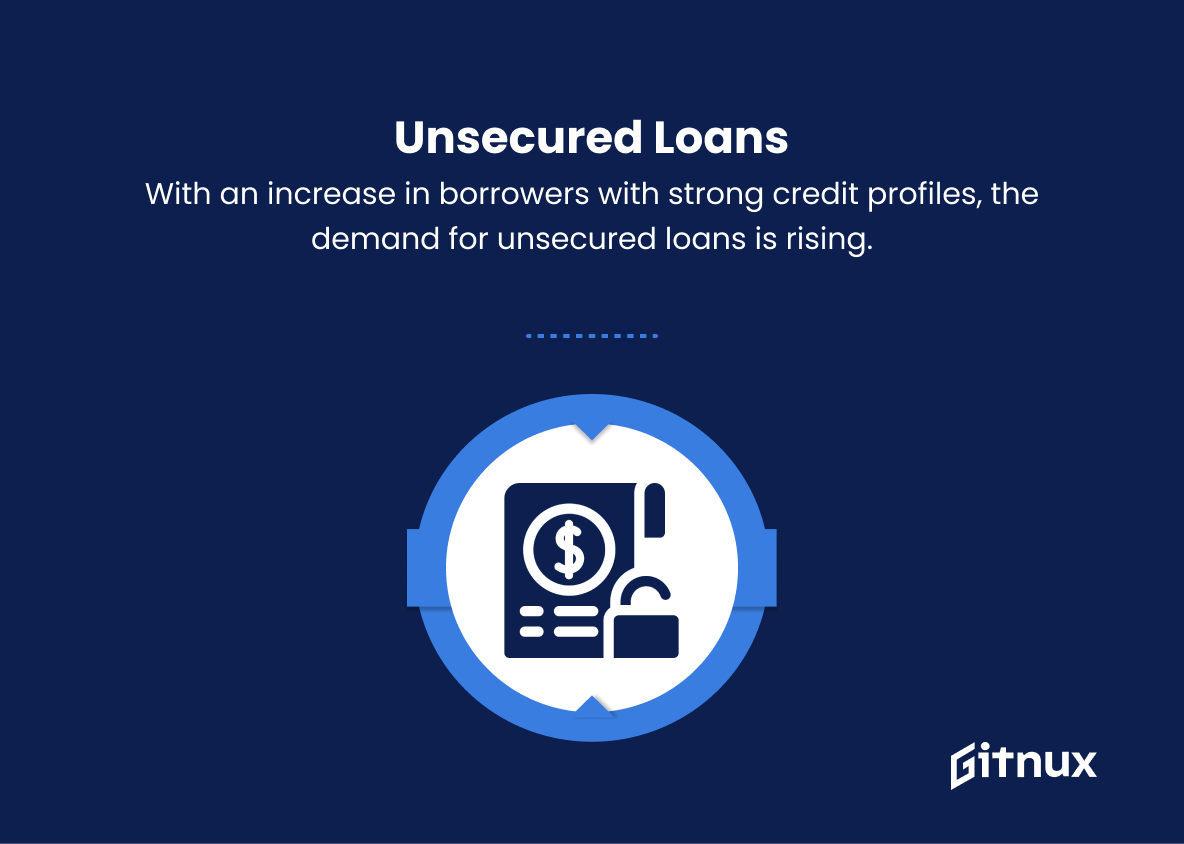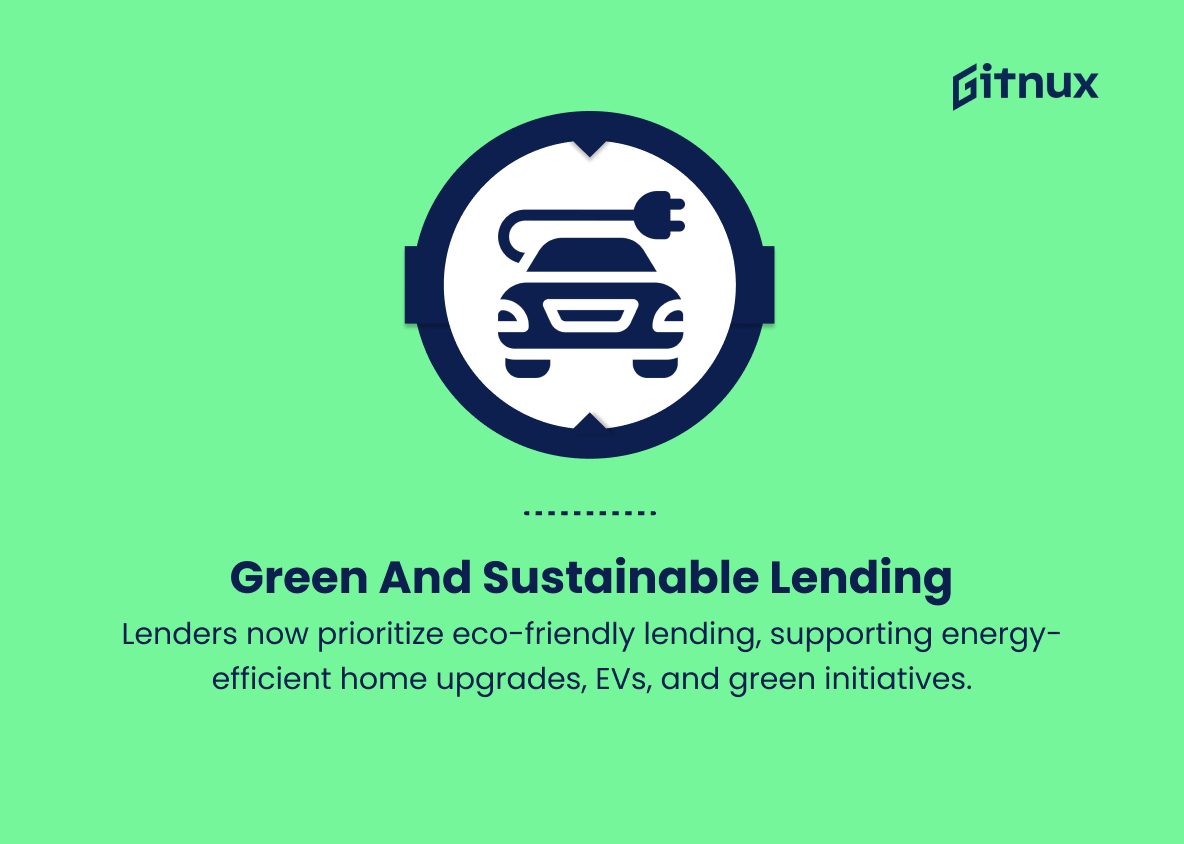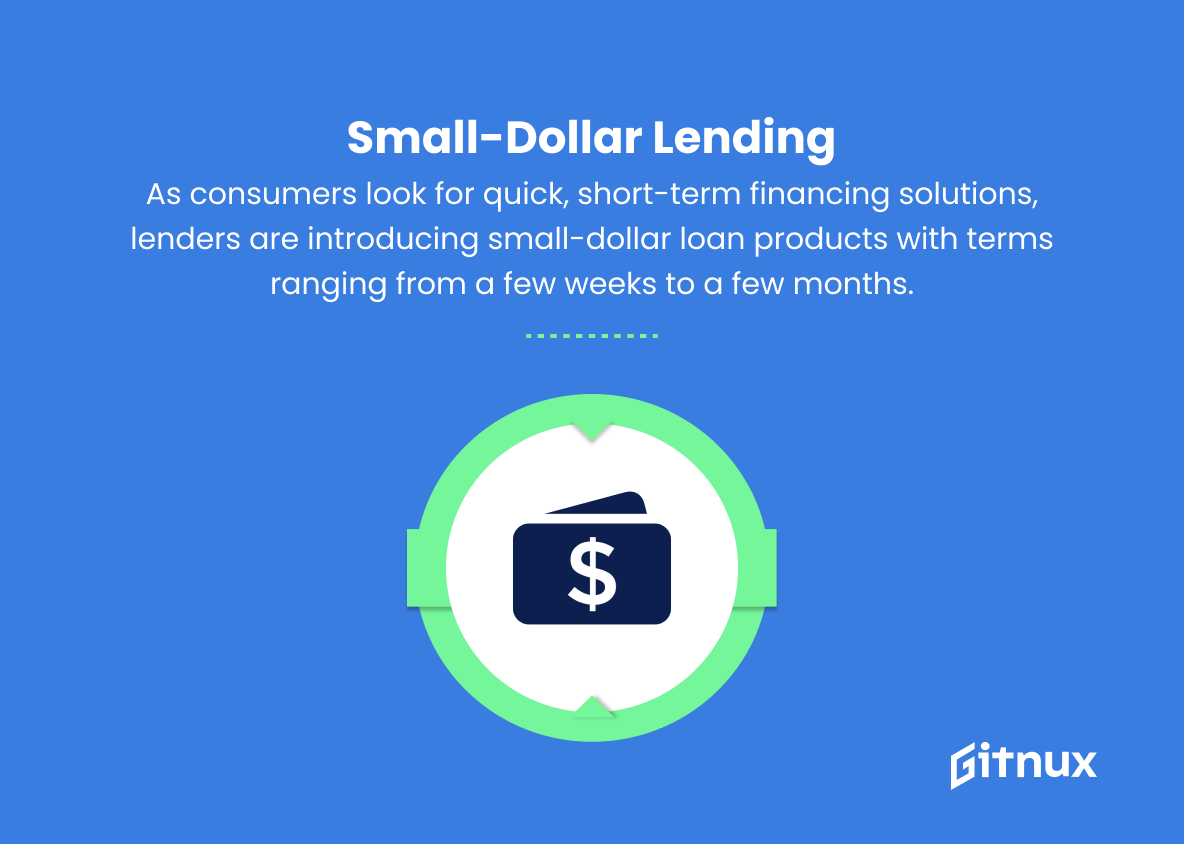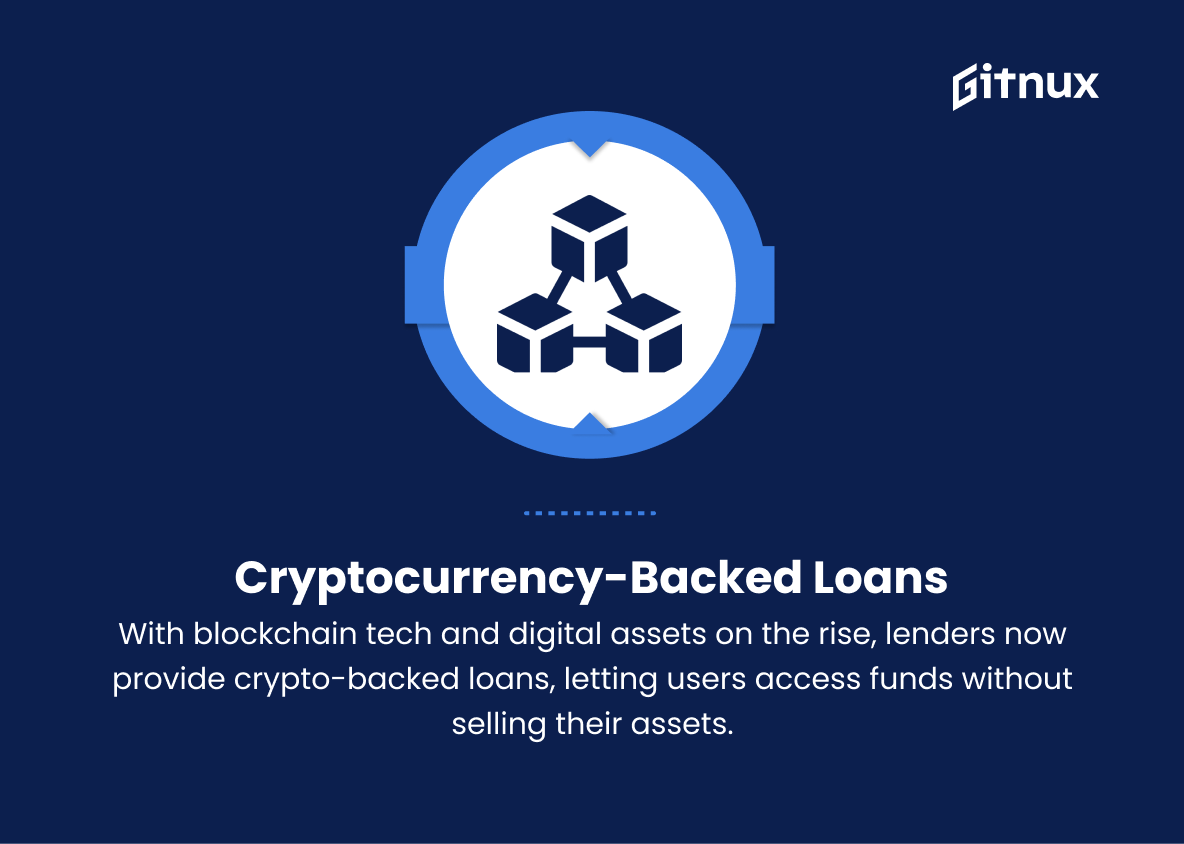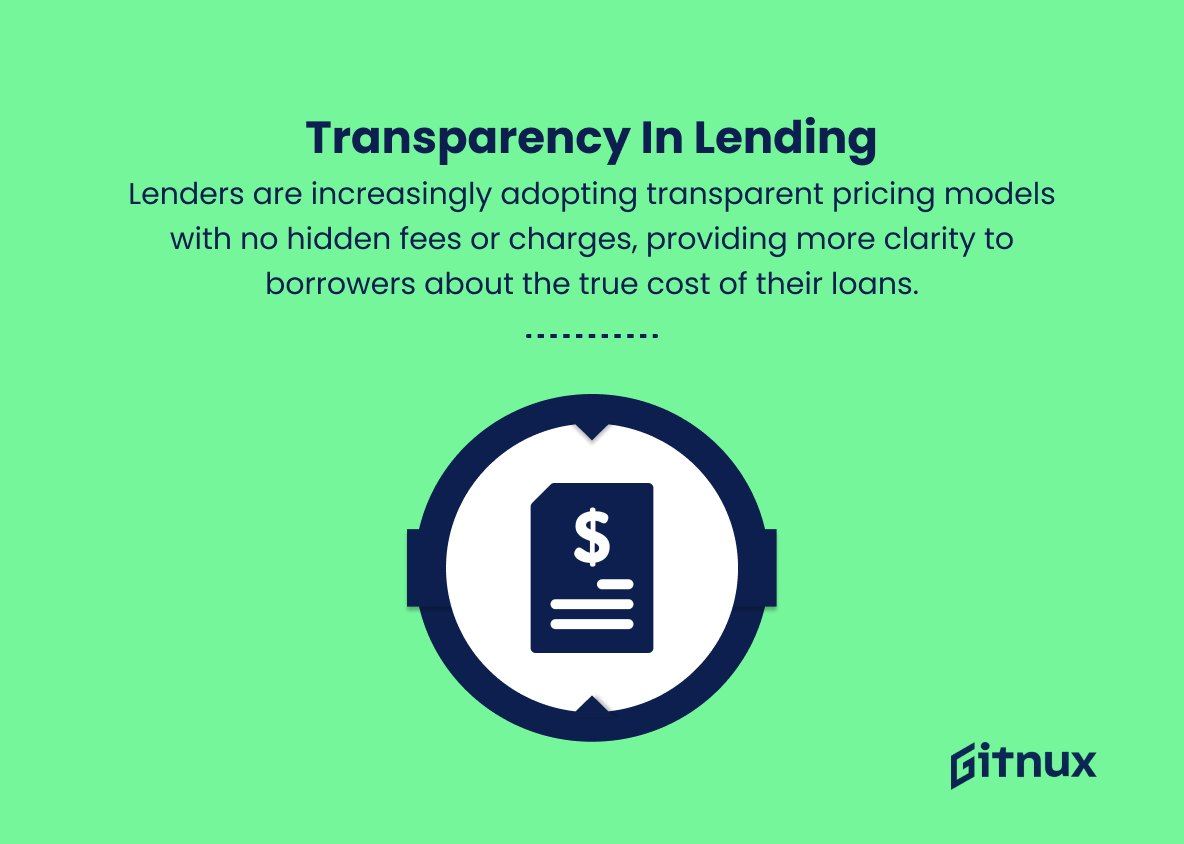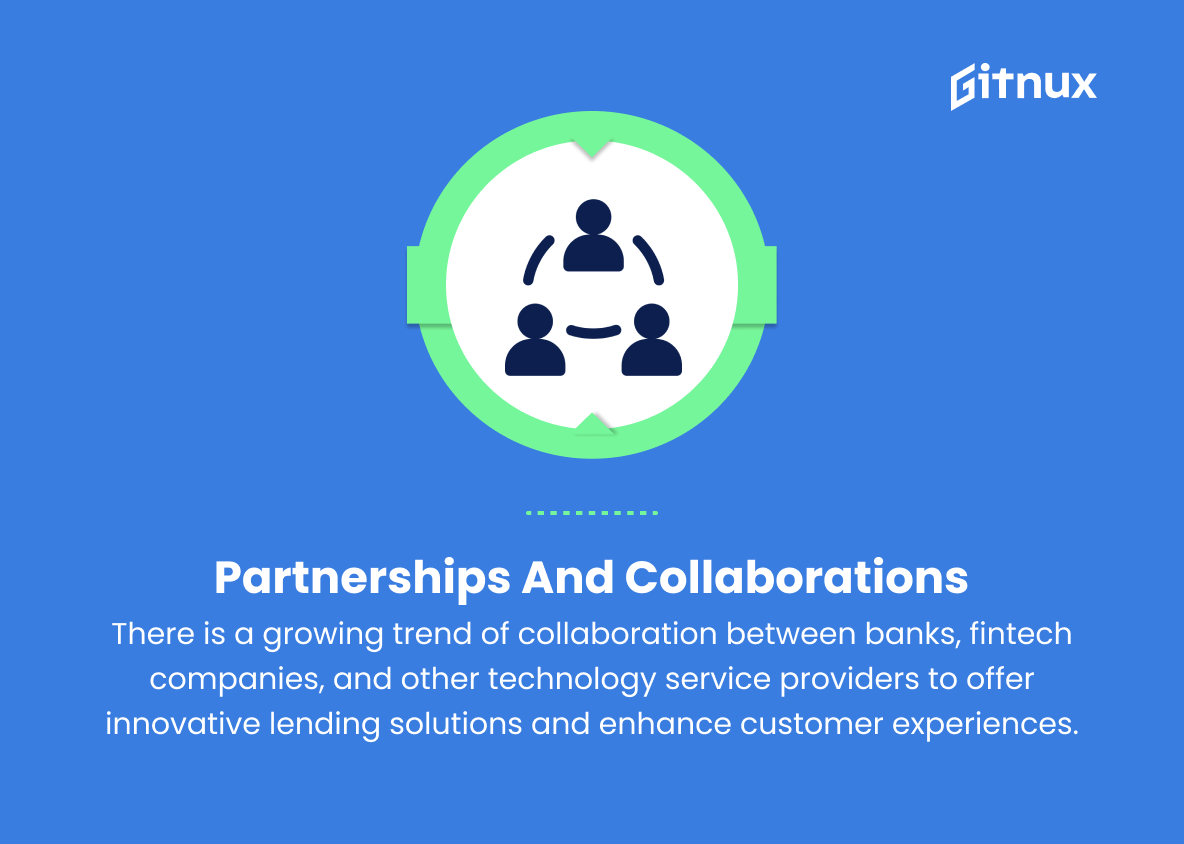In today’s rapidly evolving financial landscape, consumer lending trends have taken centre stage as a critical aspect of the global economy. The ways in which individuals and families acquire and manage debt play a significant role in determining not only their own financial futures, but also the overall health of the economic ecosystem. As professional analysts and industry insiders continue to assess these trends, it is imperative for individuals to remain informed and up-to-date on the latest developments in consumer lending.
In this thought-provoking blog post, we will delve into the dynamic world of consumer lending, examining current patterns, emerging technologies, and the impact of regulatory changes on both lenders and borrowers. Join us as we explore and decode the complex landscape of consumer lending trends, empowering readers to make more informed decisions in their own financial lives.
Top Consumer Lending Trends
1. Digitalization and automation
The lending process is increasingly moving towards a digitized and automated model, with the use of artificial intelligence, machine learning, and big data to better understand consumer risk profiles and create a seamless customer experience.
2. Alternative credit scoring methods
As traditional credit scoring models may not capture the financial behaviour of millions of potential borrowers, alternative credit scoring methods are being developed. These include evaluating social media data, mobile device data, and other non-traditional data points to assess creditworthiness.
3. Mobile banking
The rise of smartphones and mobile applications have made it easier for consumers to access banking services, including personal loans, auto loans, and mortgages, anytime, anywhere.
4. Peer-to-peer lending platforms
These online platforms connect borrowers directly with individual and institutional lenders, often leading to lower interest rates and faster loan approval.
5. Increased regulation and compliance
Consumer lending practices are becoming more heavily regulated, forcing lenders to be more transparent with consumers about fees, interest rates, and loan terms.
6. Open banking and APIs
Open banking systems, fuelled by application programming interfaces (APIs), enable third-party providers to access banking data and offer innovative and personalized financial services.
7. Faster loan approvals
Technological advancements have allowed for speedier loan approval times, some as quick as a few minutes or even instantly.
8. Personalized loan offers
Using advanced data analytics, lenders are increasingly able to provide tailored loan offers based on a consumer’s specific financial situation, preferences, and needs.
9. Financial wellness tools
Many lenders now offer budgeting tools, educational resources, and credit counselling services to help borrowers improve their overall financial well-being.
10. Unsecured loans
With an increase in borrowers with strong credit profiles, the demand for unsecured loans is rising. These loans do not require any collateral, so they may have higher interest rates but are more accessible to qualified borrowers.
11. Green and sustainable lending
Lenders are increasingly considering environmental and social factors in their lending practices, offering loans for energy-efficient home upgrades, electric vehicles, and other eco-friendly initiatives.
12. Small-dollar lending
As consumers look for quick, short-term financing solutions, lenders are introducing small-dollar loan products with terms ranging from a few weeks to a few months.
13. Cryptocurrency-backed loans
With the rise of blockchain technology and digital assets, some lenders now offer loans backed by cryptocurrency as collateral, allowing consumers to access funds without selling their digital assets.
14. Transparency in lending
Lenders are increasingly adopting transparent pricing models with no hidden fees or charges, providing more clarity to borrowers about the true cost of their loans.
15. Partnerships and collaborations
There is a growing trend of collaboration between banks, fintech companies, and other technology service providers to offer innovative lending solutions and enhance customer experiences.
Implications
The consumer lending landscape is rapidly evolving, driven by digitalization, automation, and alternative credit scoring methods. As a result, a more inclusive and streamlined lending process is emerging. Borrowers now have access to financial services through mobile banking and peer-to-peer lending platforms, leading to increased competition and personalized loan offers. The adoption of open banking and APIs allows for innovative financial services that cater to the specific needs of consumers. With faster loan approvals and financial wellness tools, borrowers are empowered to manage their finances more effectively.
Stricter regulations and increasing transparency are ensuring protection for both lenders and borrowers. Unsecured loans, green lending initiatives, small-dollar lending, and even cryptocurrency-backed loans are diversifying the lending market, providing opportunities for borrowers with a variety of credit profiles and needs. Lastly, strategic partnerships and collaborations among banks, fintech companies, and technology providers are shaping the future of consumer lending to deliver improved customer experiences and more accessible financial solutions.
Conclusion
As we wrap up our analysis on the current landscape of consumer lending trends, it is clear that the industry is experiencing significant shifts, driven by ever-changing consumer needs, expectations, technological advancements, and regulatory frameworks. Lenders must adapt to these changes to ensure they can offer relevant services to their customers, as well as remain competitive in this rapidly evolving market.
Tapping into alternative data sources, focusing on financial wellness, adopting artificial intelligence, and prioritizing digital transformation are just a few of the steps that lenders must take to stay ahead of the game. Moreover, it is essential for lenders to be responsible, ethical, and transparent in their operations, as this will not only help in fostering trust among their customers but also in maintaining compliance with the regulatory environment.
In conclusion, the consumer lending market is undoubtedly facing numerous challenges as it navigates through a dynamic landscape, but it also presents exciting opportunities for lenders who are willing to innovate and evolve with the times. By keeping a close eye on emerging trends and technological developments, and by placing the consumers at the heart of their business strategies, lenders will be better positioned for success in the long run.
